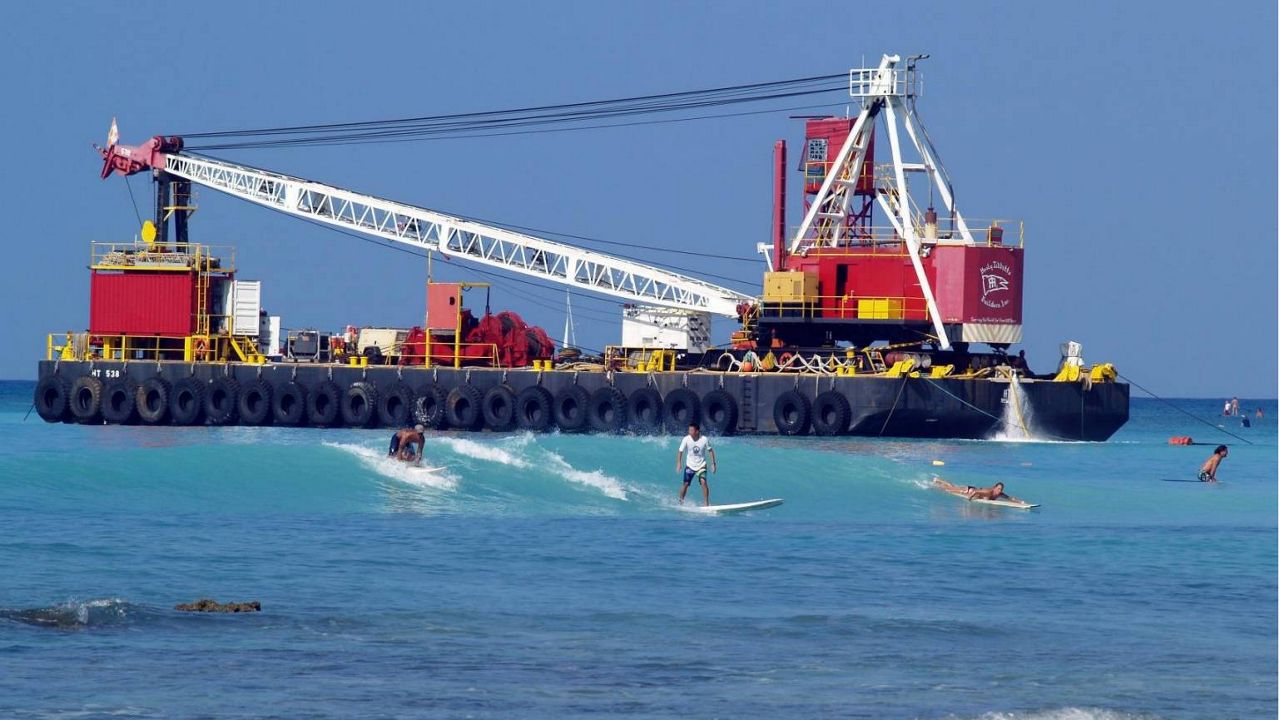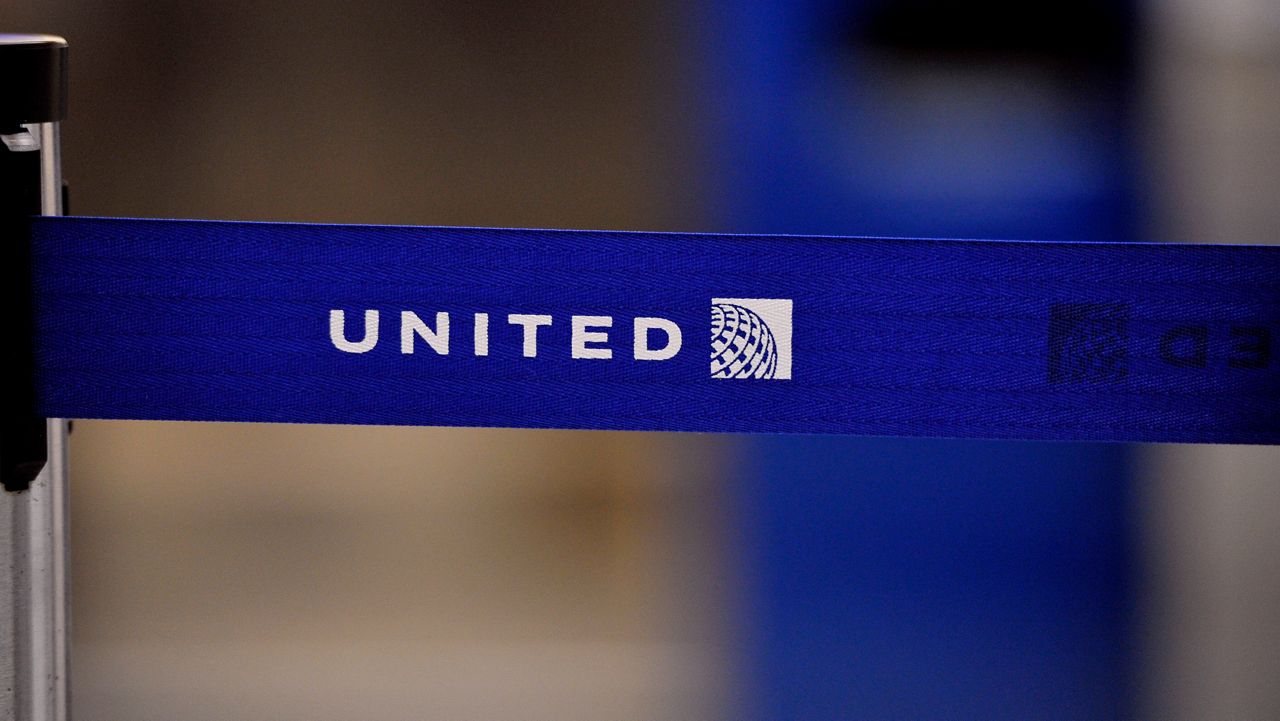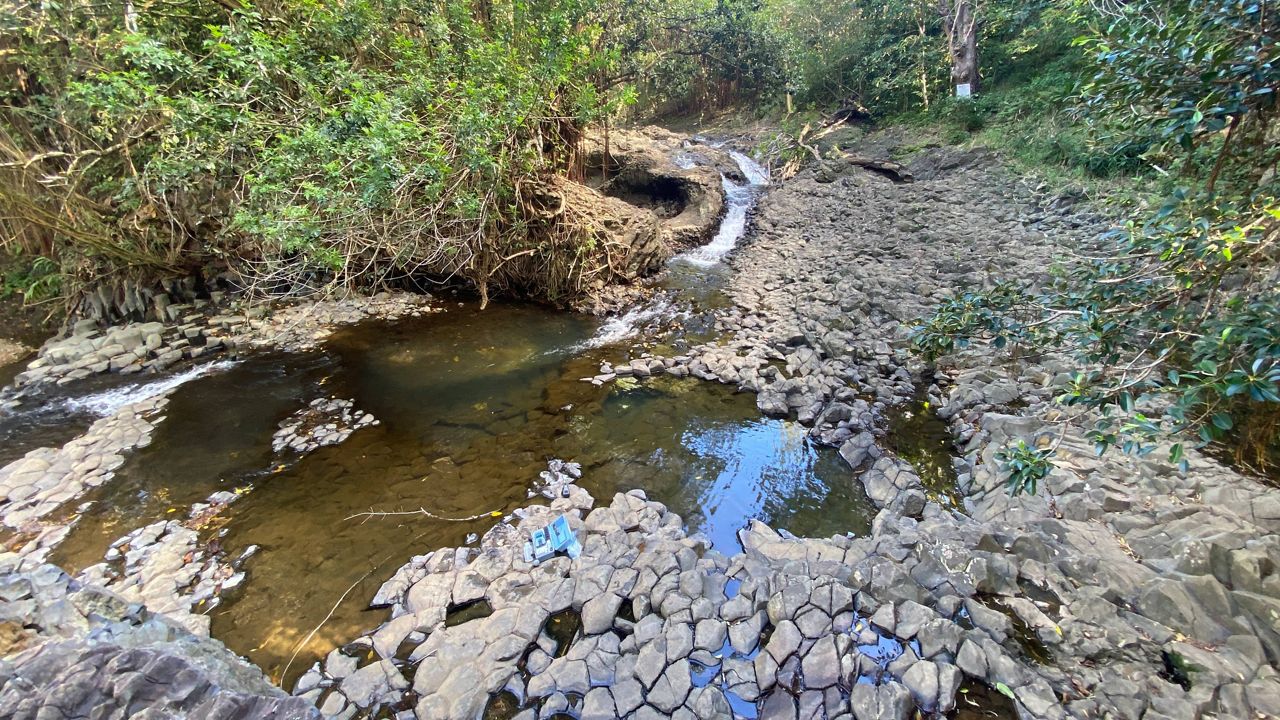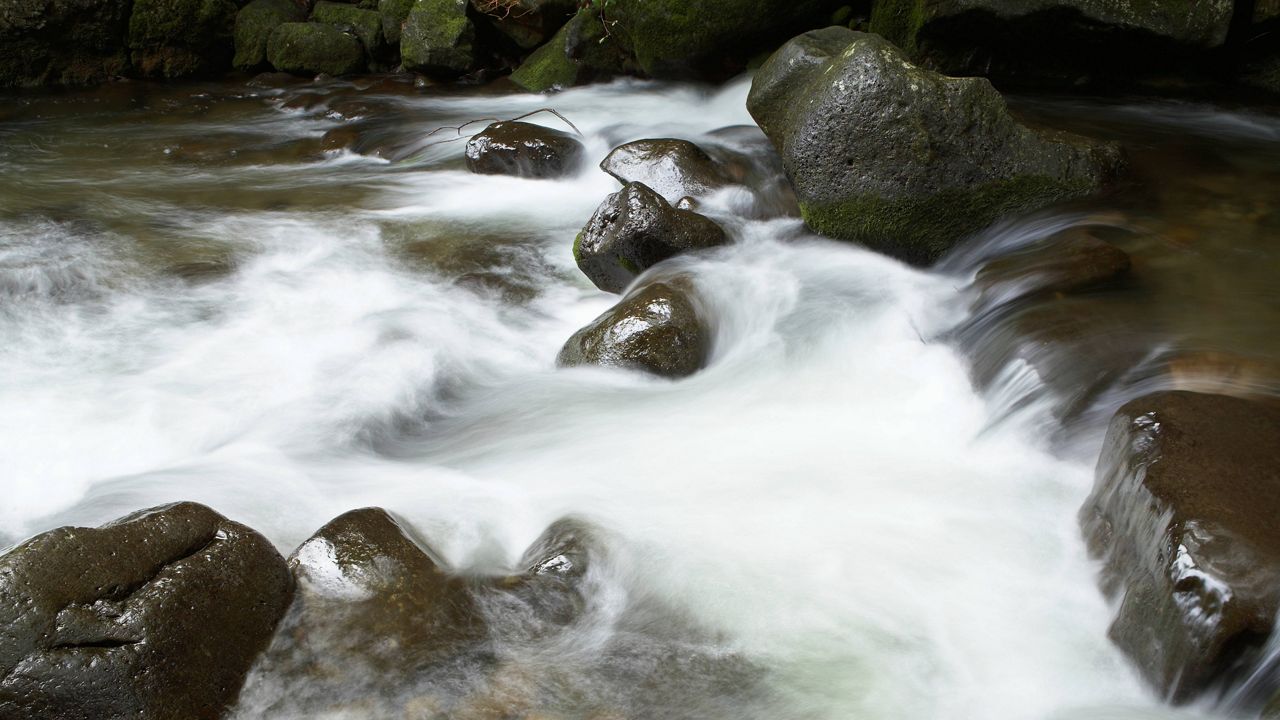Some Maui residents and Hawaiians say they will do whatever it takes to fight a one-mile beach restoration project on West Maui. The project at Kaanapali Beach is considered a short-to-midterm mitigation effort to slow the impacts of sea-level rise and coastal erosion.
The project requires moving a total of 75,000 cubic yards of sand from the ocean — about 150-800 feet off of the shoreline — and putting two-thirds of it on the shore of Kaanapali Beach between Hanakaoo Beach Park and Hanakaoo Point to widen it from 41 to 78 feet, which will align with the beach’s width in the 1980s. With the remaining 25,000 cubic yards of sand, the project will raise the elevation of the beach berm by 3.5 feet between Hanakaoo Point and Puu Kekaa.
The estimated cost for the project is more than $11,125,000.
The local community is primarily concerned about how dredging the sand will impact the nearshore environment, fishing, lifeguard services, cultural practices and canoe racing. Community members also have questions about how long the sand will remain on the beach after restoration and why landowners aren’t embracing a plan for managed retreat.
To move the sand from the ocean, a moored crane barge with a clamshell bucket will be used to lift sand, placing it on two transport barges. Once a sand-transport barge is filled, it will be towed to a floating bridge, which will extend to the shore. The sand will then be moved from the barge to shore along the bridge. Once on land, the sand will be transported by dump trucks to placement areas.
Public use of the sandy beach will be limited as construction is happening, but assistants will help people access the shoreline. Canoe clubs that practice and store canoes at the beach and fishing access will be disrupted during the beach restoration process, which is expected to last at least two months.
In October, the Board of Land and Natural Resources voted to submit the Environmental Impact Statement for the Kaanapali Beach Restoration project to Gov. David Ige. Spectrum News Hawaii reached out to the governor for a statement about the EIS but did not receive a response.
Maui Mayor Mike Victorino said at a March 2021 meeting on the project that he supports beach restoration at Kaanapali.
When approving the EIS, the Department of Land and Natural Resources’ Office of Conservation and Coastal Lands said it was not an evaluation of the project itself. The project still requires other permits, including a Conservation District Use Permit, which would also need to be approved by the board and would include public comment.
Chris Conger, a coastal scientist with Sea Engineering who worked on the EIS for the Kaanapali Beach restoration, said at the Board of Land and Natural Resources meeting in October that the project was necessary because of coastal erosion that is occurring due to sea-level rise and increased storm damage caused by climate change.
For similar reasons, other local beach restoration projects have occurred at Iroquois Point and Waikiki on Oahu as well as Sugar Cove and Stable Road in Spreckelsville on Maui.
Conger said alternatives to beach restoration were examined, including taking no action, vertical accommodation, which involves lifting amenities and buildings, and managed retreat, which would move infrastructure inland.
He acknowledged that in 80 to 100 years, managed retreat “is unavoidable,” because of sea-level rise. Managed retreat is considered a long-term solution that might take decades to achieve. The proposed restoration project is intended to last about 20 years, although storms, hurricanes and tsunamis may shorten the project’s lifespan.
“But looking at the shorter term, in the next one to two decades, there are many tools that are available,” said Conger about beach restoration.
Chip Fletcher, the Associate Dean for Academic Affairs at the School of Ocean and Earth Science and Technology at the University of Hawaii at Manoa, told Spectrum News Hawaii in an interview Wednesday that managed retreated is still “an idealized hypothesis” for places like Waikiki and Kaanapali since there is a huge investment in these locations and many questions about how it would work: Where will buildings be moved to? Who would pay the costs? Who will tear down the leftover buildings that are falling into the ocean?
Ultimately though, Fletcher said, “these are doomed locations.”
“Unless they figure out how to live with six-feet of sea level rise, they are ultimately doomed,” said Fletcher. He said Hawaii had a high probability of experiencing six feet of sea-level rise in the next century.“Unless they figure out how to live with six-feet of sea level rise, they are ultimately doomed,” said Fletcher. He said Hawaii had a high probability of experiencing six feet of sea-level rise in the next century.
“They're going to have to reimagine the future, and doing beach nourishment is a stopgap,” said Fletcher.
“Ultimately, they're going to have to get out of nature's way,” Fletcher added. “Obviously, they want to still maintain themselves as a resort destination, as a visitor destination, and I think they totally can do that. There's an awful lot of land between them and the highway.”
The land between the hotels and the highway is currently a golf course.
Wayne Hedani, who is the president for the Kaanapali Operations Association, which represents the Kaanapali beach resorts and is co-sponsoring the project, said during public testimony at the Board of Land and Natural Resources meeting in October that the sand restoration would protect the beach and in doing so would protect the economy.
Hedani highlighted that the beach resorts employ 5,000 people and that they annually generate $150 million in tax revenue. The area includes multiple resorts, such as the Kaanapali Alii, Sheraton Maui Resort & Spa and the Kaanapali Beach Hotel.
Kekai Keahi, a teacher who also participated in the October public testimony, said he was born and raised in Lahaina and had grown up fishing at Kaanapali. He said his ancestors had also fished there for hundreds of years.
“This is going to be our Mauna Kea,” he said, comparing it to the Hawaiian protests meant to protect the mountain on Hawaii Island from construction. “We are committed to going to jail.”
Keahi was concerned that moving the sand would impact the reef and fish, and he also said the sand would just continue to erode.
“This project will not see the light of day — even if we have to stand in front of one bulldozer,” Keahi added. “This project will not see the light of day — even if we have to stand in front of one bulldozer,” Keahi added.
After the sand is placed onshore and sporadically throughout the project’s lifespan, wave action is expected to release finer sand grains into the surrounding water, which will create a plume.
Fletcher, the academic from the University of Hawaii at Manoa, told Spectrum News Hawaii that similar beach restoration projects have now taken place at Waikiki twice in the last 10 years.
“The water quality has become very cloudy,” said Fletcher about Waikiki. He said part of the reason is that dredging the delicate sand as well as driving over the sand on the beach during the placement process grinds it up into silt.
Conger, the coastal scientist who worked on the EIS, said alternative sand sources were considered, including terrestrial sources on Maui and Oahu as well as marine sources from Mala Wharf to Napili Bay.
“The quality of the sand is the number one factor in helping to produce and manage a healthy beach restoration effort,” said Conger. “The closer the sand matches the native beach the more stable it will be and the better and more naturally that beach will respond and the more you can mitigate potential impacts to the near shore.”
The dredged sand will be a grayer color and may be a different size than the sand on the beach.
Disruption to the coral reefs while the sand is dredged and transported from the ocean will also take place, and the benthic infauna — the organisms that live in the sand and are part of the food chain — are within the dredging area and are expected to be temporarily lost.
Kanoelani Steward, who is from Lahaina and teaches Hawaiian language, spoke during the public testimony in October about destruction of the nearshore environment, including limu (seaweed), octopus, reef fish, and coral colonies that have been growing for several decades.
“Our livelihoods and cultural practices are intimately tied to our resources,” Steward said. “The impacts of this project will harm our practices for generations to come.”
Council Member Tamara Paltin, who holds the seat for West Maui, said in a statement to Spectrum News Hawaii that her opposition to the project stems from her more than 18 years of experience in Ocean Safety, and recent discussions from the State of Hawaii on cutting back on American Medical Response emergency services in rural areas, including West Maui.
“Despite a large number of incidents and fatalities along Kaanapali Beach, the State has not provided lifeguards, instead relying on county-funded lifeguards from nearby county beach parks,” Paltin said. “Yet they are proposing to spend $11 million of taxpayer funds to entice more people to come to this restored beach.”
She said the part of Kaanapali Beach near the Whaler’s Village at one time had the highest number of spinal injuries on Maui.
Instead, she advocated for managed retreat.
"While the DLNR says this project is part of a larger plan for managed retreat, the only part they have revealed is the part that is the opposite of managed retreat,” said Lance Collins, the spokesperson for the West Maui Preservation Association, in a statement sent to Spectrum News Hawaii. “The governor should require the DLNR to study its full plan for this area before accepting the EIS."
Maui residents also expressed concern at the October meeting that Native Hawaiians and local community members were not thoroughly included in discussing the project and shaping its design.
“It was believed the project is seen as public funding for improvements of the hotels’ beach,” said Tiger Mills, a member of the Department of Land and Natural Resources’ Office of Conservation and Coastal Lands, during the October Board of Land and Natural Resources meeting.
However, it was noted that the community outreach for the EIS started in 2018, and many other permits are still required to complete the project.
Fletcher said when talking with Spectrum News Hawaii that the state had been “seeing a breakdown of the traditional permitting system.”
“The opportunity to voice opposing opinions in the legal permitting pathway is not sufficient for the community members,” he added.
As examples, he cited the protests in response to the construction of the Thirty Meter Telescope on Mauna Kea on Hawaii Island, wind farms in Kahuku on Oahu, and sports fields at Waimanalo Beach Park on Oahu.
He encouraged thinking outside of the box and focusing on making these projects beneficial for local community members. For example, Kahuku residents could own the windmills or receive free renewable energy power from them. As it is, this community will be left with broken windmills in 20 years.
In the case of Kaanapali, Fletcher wondered how this location can be seen as fully part of the community instead of being seen as a place where tourists visit for a resort vacation.







